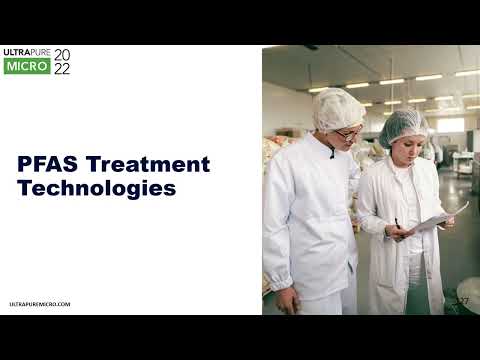Azoles removal from CMP wastewater – Oxidation vs Novel Complexation Method
Date Published: 2023 | Conference materials
Log in or Join UltraFacility to access this content
To access our resources you will need to be a member of UltraFacility, log in to your account or purchase a membership to view this content.
Already have an account? Log in
Semiconductor fabs generate CMP wastewater containing azoles, organics (such as isopropyl alcohol), inorganics (such as ammonia), hydrogen peroxide, and other chemical components. A novel chemical agent reacts with azoles and produce a suspended solid that can be easily removed via settling or filtration. This presentation will discuss the existing oxidation-based methods of azoles removal as well as the novel process, and then compare the pros and cons of each option based on a set of possible design cases.
